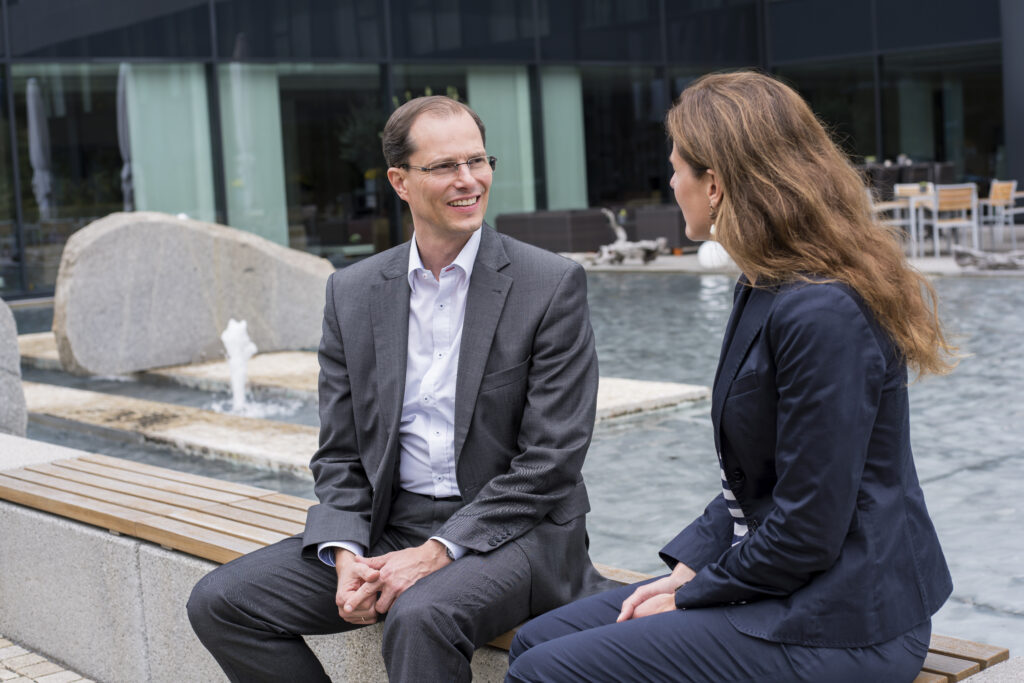7 tips on how best to tackle transformation processes

The future is approaching at breakneck speed. Agilization is therefore becoming increasingly urgent in traditional organizations. After all, the more cumbersome an organization, the more susceptible it is to overtaking. And groundbreaking news comes along every month today.
In times of exponential change, all business models are only temporary anyway. And remodeling is permanent. There are no blanket recipes for this. Rather, suitable procedures must be jointly developed, tested, adapted, further developed, and even discarded as quickly as possible if necessary. And above all, ambidextry.
5 challenges you should be aware of in Next Leadership.

What challenges are hidden behind sustainable leadership? What to look for in Next Leadership.
Playground or breakthrough?

… whatever the headline for the “new” skills, prerequisites, challenges or competencies of a management team, the ability to change is consistently cited as a fundamental characteristic. Leaders are needed to show our society and our companies the way into the new world of digitalization. But where do we stand today in this evolution towards agility, new work and collaboration on the one hand, and innovation, digitalization and artificial intelligence on the other?
What does agile leadership need?

The increasing flexibility of networks and interdisciplinary team structures require strong teamwork skills in leadership. Developing teams and providing a guardrail is not new territory in the field of leadership. But what is required much more today is increased empathy and sensitivity to different experiences, ways of acting, and ways of thinking.
Self-awareness instead of teaching concepts

Nowadays, the focus on one’s own person can no longer be achieved only through classic methods such as lectures, courses or books, but must take place in an experience-led manner.
Next Leadership means empowerment

In the debate about the right leadership style or method, the concept of transformational leadership has often been emphasized in recent years, which, in contrast to transactional leadership, relies more on inspiration, intellectual stimulation and individual care than on a classic reward system. Above all, it is about offering the employee orientation and meaning so that he or she is self-motivated to perform better.
Book: New Work – Between Next Work and Society 4.0

Between “Next Work” and Society 4.0 – Drivers, Paradigms, Solutions and Approach
5 obstacles of self-leadership and how you can overcome them

Self-leadership is a prerequisite for successful leadership – this realization has now reached the management floors. But what are the internal obstacles that leaders must overcome?
The nextleader does not lead alone

Often, you can’t shake the feeling that managers are expected to fulfill an incredible number of roles and tasks at the same time. This makes it all the more important for the nextleader to get to grips with his team and also use it for his leadership tasks. Either the nextleader succeeds in being the eierlegende Wollmilchsau, or he lets leadership tasks be solved by a dynamic and interactive influencing process in the team. In today’s article, you will find out which requirements must be met.
The talent check – discovering and developing potential

The promotion of young talent in the company, be it apprentices, dual students or trainees, is about developing potential and about the question of which best possible path to take in the company in the future. This poses an enormous challenge, as the young talents sometimes still lie dormant in the corporate context like diamonds in the rough that need to be found and polished.
How can training and HR managers discover these unique gifts and talents? And how do you reconcile these and personal orientation movements with future corporate interests?
